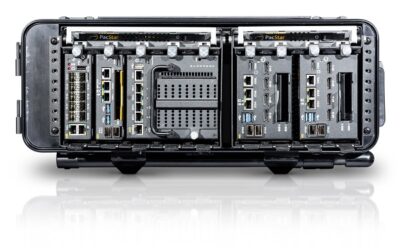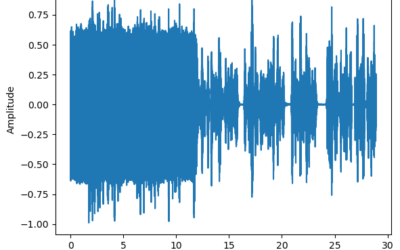MONS talks to Insitu about deployment of ScanEagle onboard USCGC Stratton.
In September, Insitu’s ScanEagle, which has been operating aboard the USCGC Stratton for the past year, supported an operation that netted approximately $700million wholesale in cocaine and heroin. MONS spoke to Mike McCord, who served as the site lead for both of Insitu’s deployments under our current contract, as well as Ron Tremain, Insitu’s business development executive for the Coast Guard, to understand how the US Coast Guards (USCG) deploy the ScanEagle and its added value to their mission.
Onboard USCGC Stratton, the ScanEagle contributes to law enforcement missions, that is, it is used to build a case for the justice department in order to bring a prosecution to contraband smugglers in US exclusive economic zone (EEZ). “The ScanEagle presents two very important advantages for these types of missions,” says Mr McCord.
Firstly, it has a very small footprint: “Coast Guard cutters are very small ships, so the fact that the ScanEagle, with its payload and tools, is so compact makes it easier to integrate with the ship scheduling tempo and the culture of the USCG.” Indeed, these missions are highly reactive, which means that the UAS needs to be available at any given time, day or night, and needs to be launched within a very short time frame. “One hour is the rule of thumb that we have given ourselves for launching the UAS, but we can expedite that to 20 or 30mn if necessary,” continues Mr Cord.
Secondly, the ScanEagle brings endurance to the USCG missions: “The most critical piece in building a case for the justice department is having positive identification of what you are looking at, however finding a very small boat in a very large ocean requires hours of flying.” The ScanEagle not only brings to the mission an endurance of 20h but it also has a payload, which includes the EO900 daytime camera with a 170 times zoom and a Medium Wavelength InfraRed (MWIR) package, that facilitates the transitioning from day time to night time. Images from the two cameras can be fused together to highlight more characteristics and details of the boat.
“The ScanEagle also brings a degree of safety to USCG operations,” adds Mr Tremain. “In the past most operations happened at night time, which can be a very dangerous environment to operate in for a helicopter that needs to fly 50/60 miles away from the ship, which then has no capability to provide over watch those assets.” With the UAS, now the ship can see what is happening in real time and can act within a very short time frame if anything goes wrong with the mission. Moreover, Mr McCord concludes: “Typically conventional navies operate with the same limitations as their air assets, and therefore UAS do not fly too much in rain or heavy seas. USCG, on the other hand, often launch in significant seas and significant rain, environments where the ScanEagle has proved to be a very robust airframe.”
AV
























